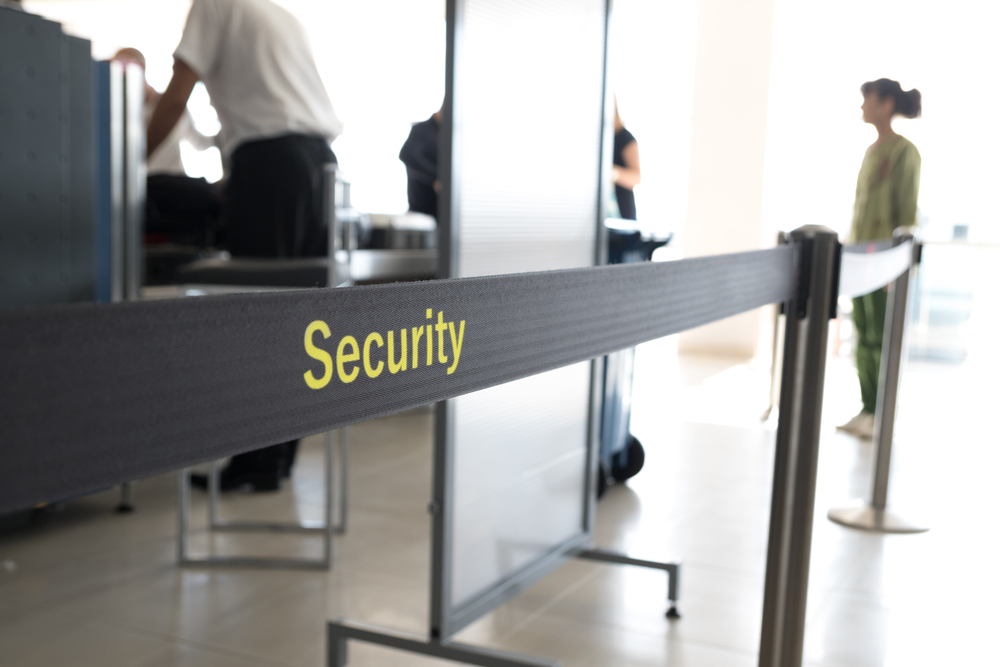
Attendees of the second annual Aviation Security Futures Workshop held in Reston, Va., addressed the central question of what airport security screening will look like in 20 years.
The workshop — hosted by the Department of Homeland Security’s Science and Technology Directorate Apex Screening at Speed Program along with the Pacific Northwest National Laboratory – probed the future of aviation security to help guide strategies and support investment decisions.
The workshop also highlighted the changes that have already been made in the last 20 years. Prior to the Sept. 11, 2001, terrorist attacks, passengers could arrive at the airport within minutes of their flight’s boarding time, carry bottled water, be greeted at their gate by family and friends.
“Apex SaS works directly with the Transportation Security Administration (TSA) to invest in technologies that will help aviation security in the near and long-term,” John Fortune, S&T’s Apex SaS program manager, said.
Experts in aviation security discussed biometrics, human factors, big data, location and tracking technologies, autonomous vehicles, and future airport design at the workshop. Individuals representing airports, airlines, airport design firms, intermodal partners, security providers, privacy groups, and universities were all in attendance to examine opportunities, challenges, and the changing landscape of aviation security.
Among the speakers were Lt. Col. Steven Webber, deputy chief of the Defense Threat Reduction Agency’s Nuclear Detection Division; Jay Stanley, senior policy analyst with the American Civil Liberties Union (ACLU); and Amy Climer of Climer Consulting.
The Department of Homeland Security’s Science and Technology Directorate is committed to increasing security effectiveness while dramatically reducing wait times and improving the overall passenger experience.




